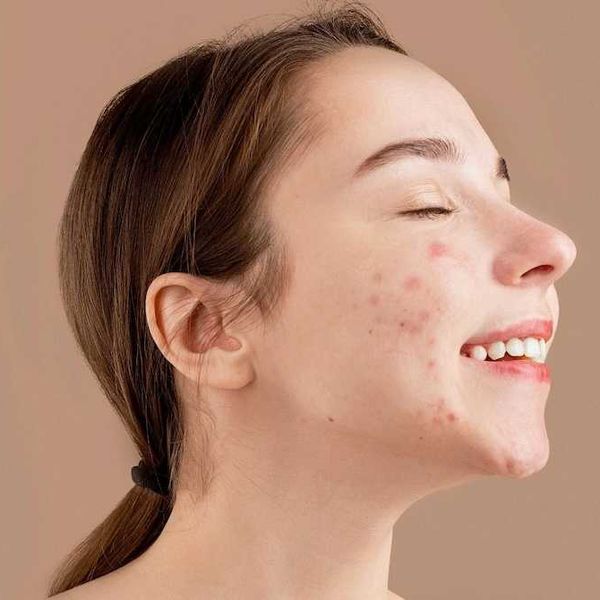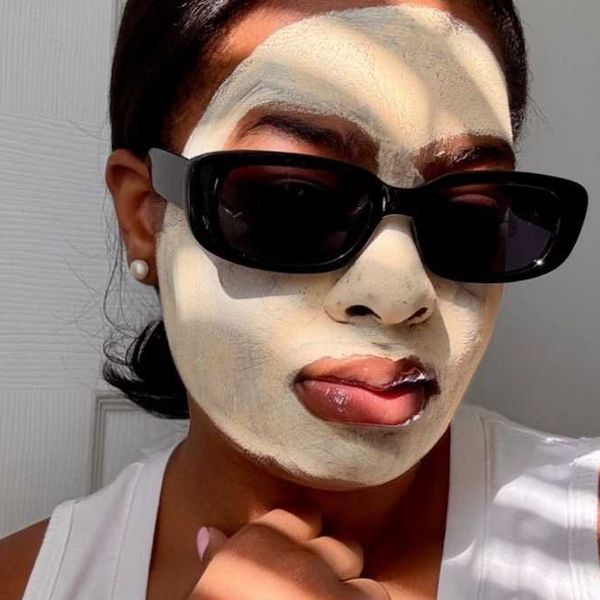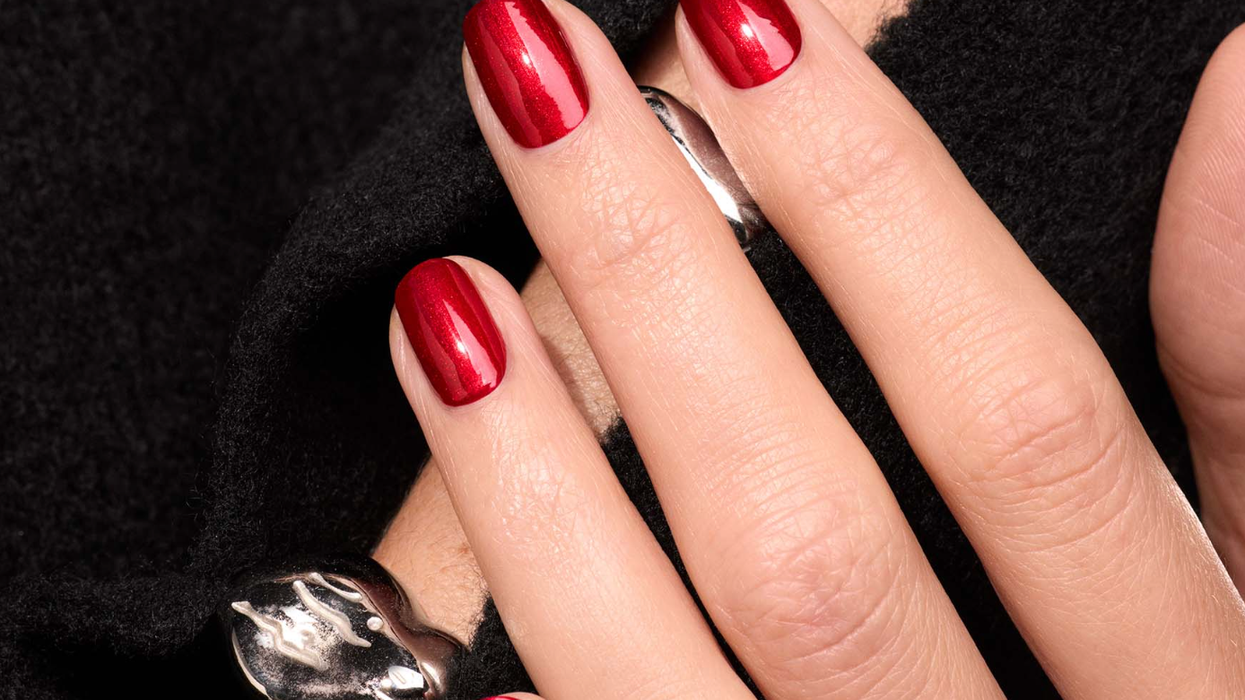Get rid of that dead skin.
5 Things You Need to Know About Banishing Blackheads for Good
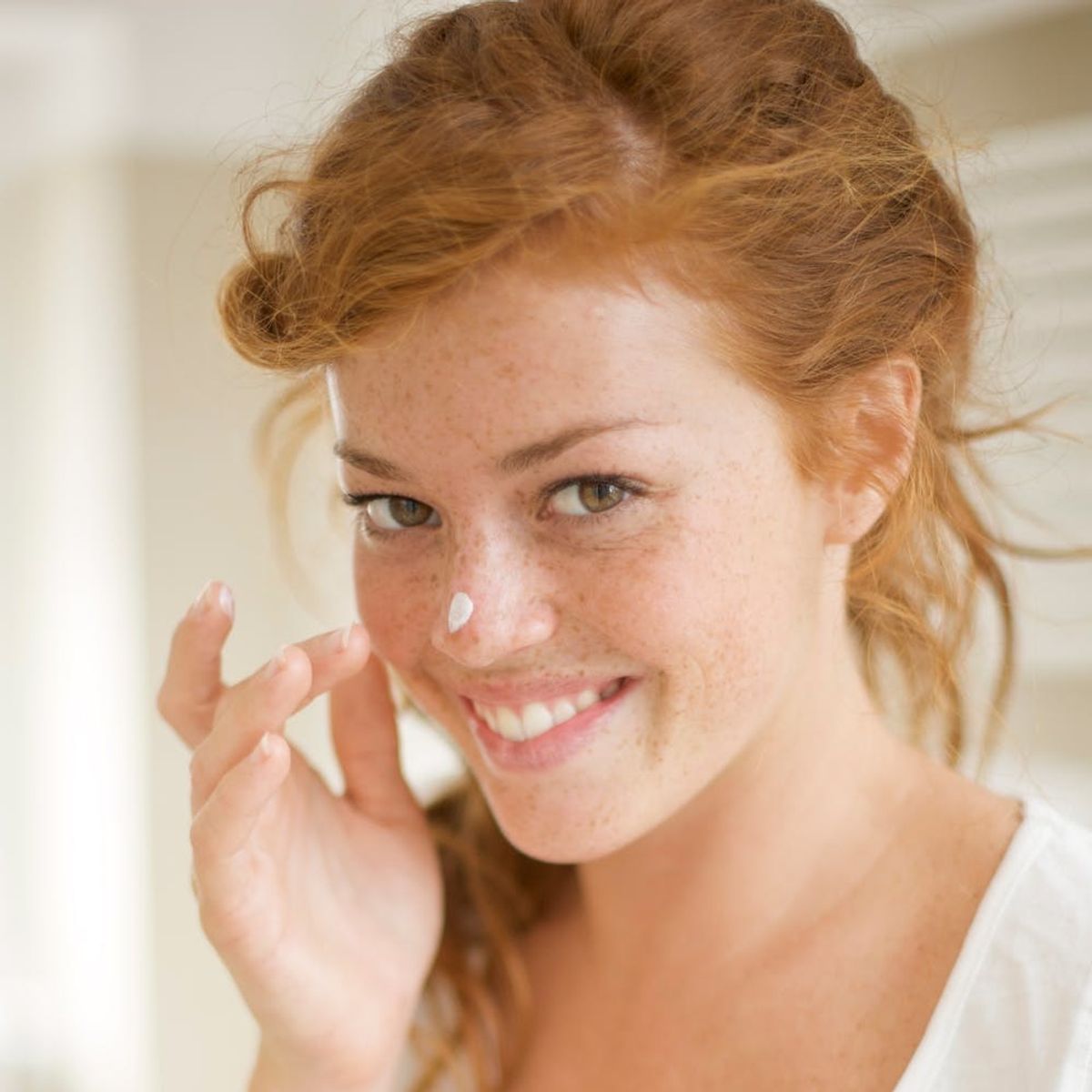
Why are blackheads so hard to handle? Those tiny, tough-to-treat blemishes always seem to linger no matter what products we throw their way — and this is especially true when it comes to the area surrounding your nose. Even if you’re practicing a clear skin routine, these pesky clogged pores can still prove to be a problem.
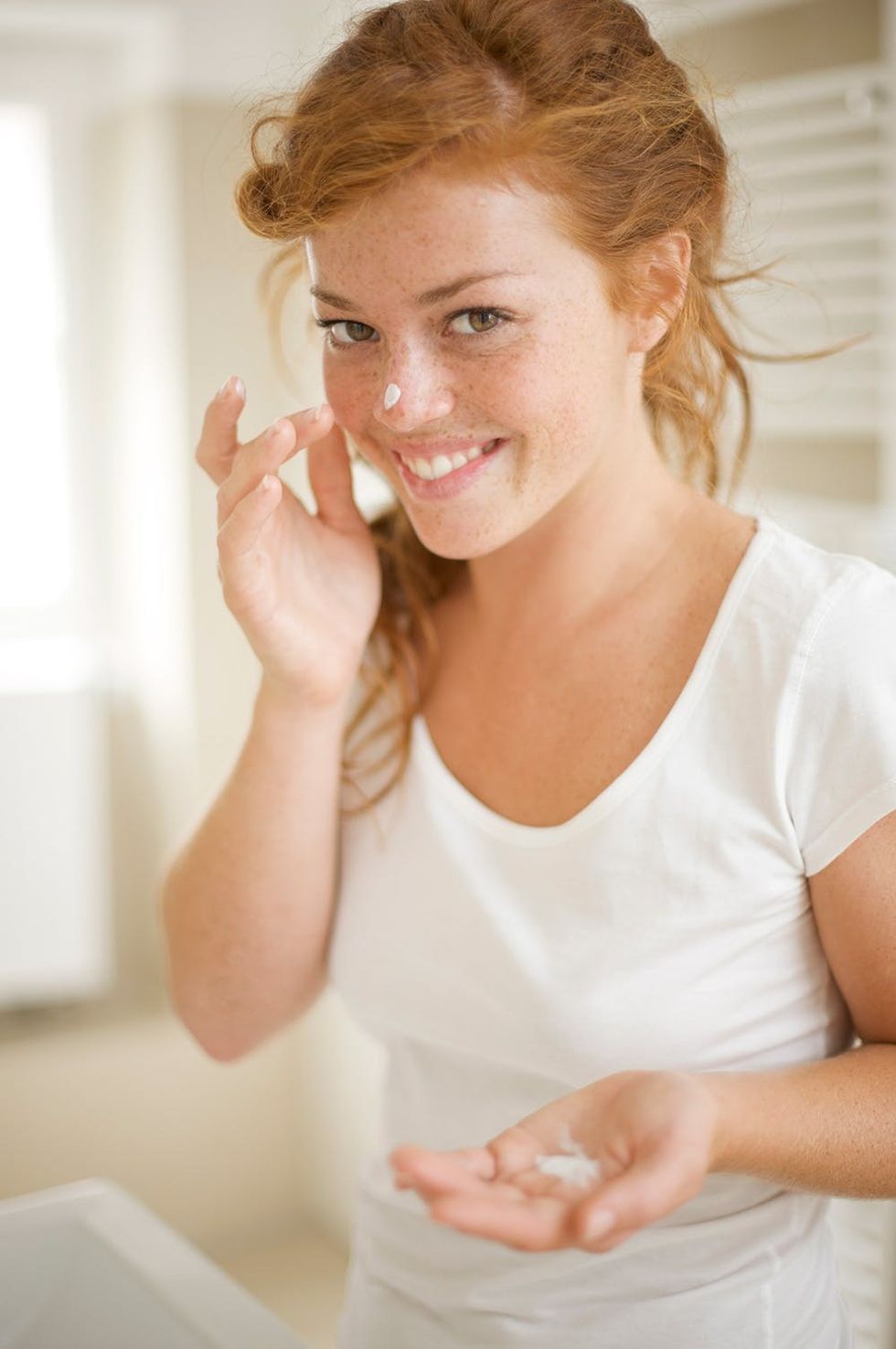
“Blackheads, also known as open comedones, are a type of acne that’s made of sebum mixed with bacteria,” explains Beverly Hills-based dermatologist Ava Shamban. “When exposed to the air, the contents of the comedone oxidize, turning it a black color.” You might notice that blackheads tend to pop up around your nose — this is not a coincidence. “The highest concentration of sebaceous glands is on the nose,” she says. Read on for five things you need to know about treating blackheads.
1. Break out the acids. Instead of using your fingers and further damaging the skin, turn to an acid that will help break up the gunk in your pores. “I recommend using salicylic acid or glycolic acid for blackheads,” says Shamban. Florida-based dermatologist Gary Goldfaden agrees that chemical exfoliation as a means to slough off dead, dirtied-up skin cells is key to getting to the root of the problem. “Alpha hydroxy acids, like glycolic, lactic, and citric, work well a few times a week as they help to digest the dead skin cells on the upper layers,” he explains. Peter Thomas Roth Max Complexion Correction Pads ($14) are an effective option because they contain two percent salicylic acid and 10 percent glycolic acid.
2. Kill the bacteria. Beyond exfoliation, it’s also crucial to eliminate the dirt and bacteria that are compromising your complexion. “Look for ingredients like sulfur, which is an antiseptic and kills bacteria, and charcoal, which draws out bacteria,” Goldfaden recommends. Purifying your pores is the first step to clearing them up from the inside out, and a mask like Yes to Tomatoes Charcoal Peel Mask ($16) will pull all that grime out.
3. Be aware of the climate. It’s no secret that our skin is affected by seasonal changes in the weather, and the same goes for blackheads. “During the warmer months, the humidity is higher and thus our skin tends to be oilier and sweatier, which can lead to clogged hair follicles resulting in blackheads,” says Goldfaden. “However, during the winter, skin can become dry and go into overdrive of oil production which can cause breakouts.”
4. Try a retinoid. Both dermatologists agree that retinoids can help as a preventative blackhead treatment. “Retinoids are very beneficial in skin cell turnover and creating a clear complexion,” Goldfaden tells us. “The retinoid is basically exfoliating the skin, therefore clearing the clogged hair follicle and preventing the build-up of bacteria and sebum.” Keep in mind that retinoids can be drying and irritate sensitive skin, but there are effective options that are also gentle, like Dr. Brandt Skincare 2% Retinol Complex Serum ($69). Always try a test patch on your skin first to make sure your complexion can handle it.
5. Don’t skip SPF. Choose your SPF wisely but, whatever you do, just don’t skip it. Ensure the one you’re using is non-comedogenic, like Cetaphil Oil Control Moisturizer SPF 30 ($14), so you don’t run the risk of plugging up pores and making blackheads worse. “SPF doesn’t affect blackheads, but it’s very important to use all the time to prevent premature aging caused by exposure to UV rays,” says Shamban.
Follow us on Pinterest for more skincare inspo and info.
Brit + Co may at times use affiliate links to promote products sold by others, but always offers genuine editorial recommendations.
(Photo via Getty)


